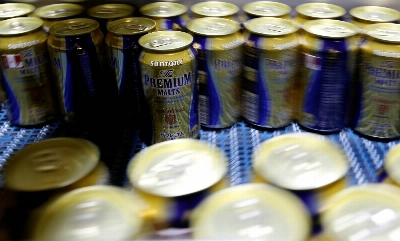Scientists at the University of the Ryukyus in Okinawa have published evidence showing that global climate changes in 1998 devastated coral reefs around Sesoko Island. The report, published in the April edition of the journal Ecology Letters, comes on the heels of George W. Bush's unilateral abandonment of the 1997 Kyoto treaty on climate change.
Sea temperatures in Okinawa were warmer in 1998 than at any time in the previous 10 years. That year also recorded the strongest El Nino on record. A mass bleaching of coral in Okinawa reduced coral species richness by 61 percent and reduced coral cover by 85 percent. The scientists surveyed the reef in 1997, 1998 and 1999, and so were able to make direct comparisons between years.
Coral reefs are made by invertebrate animals (class Anthozoa) in symbiosis with algae called zooxanthellae. The algae provide essential photosynthetic products to the animals, and the animals provide the algae with a safe place to live. This is the central reason why species-rich reefs can exist in the nutrient-poor waters of the tropics. Like trees in a tropical rain forest, reefs are the basic producers, and if they disappear, so does the rest of the community.


















With your current subscription plan you can comment on stories. However, before writing your first comment, please create a display name in the Profile section of your subscriber account page.